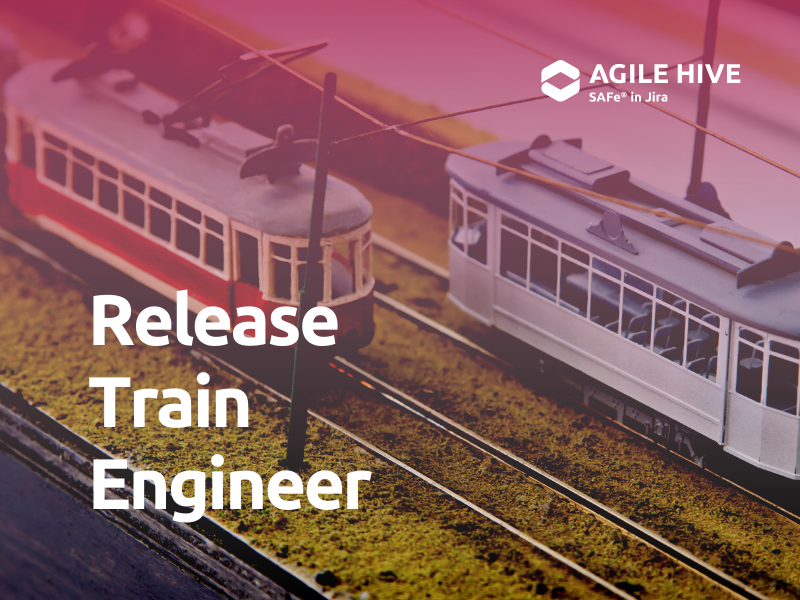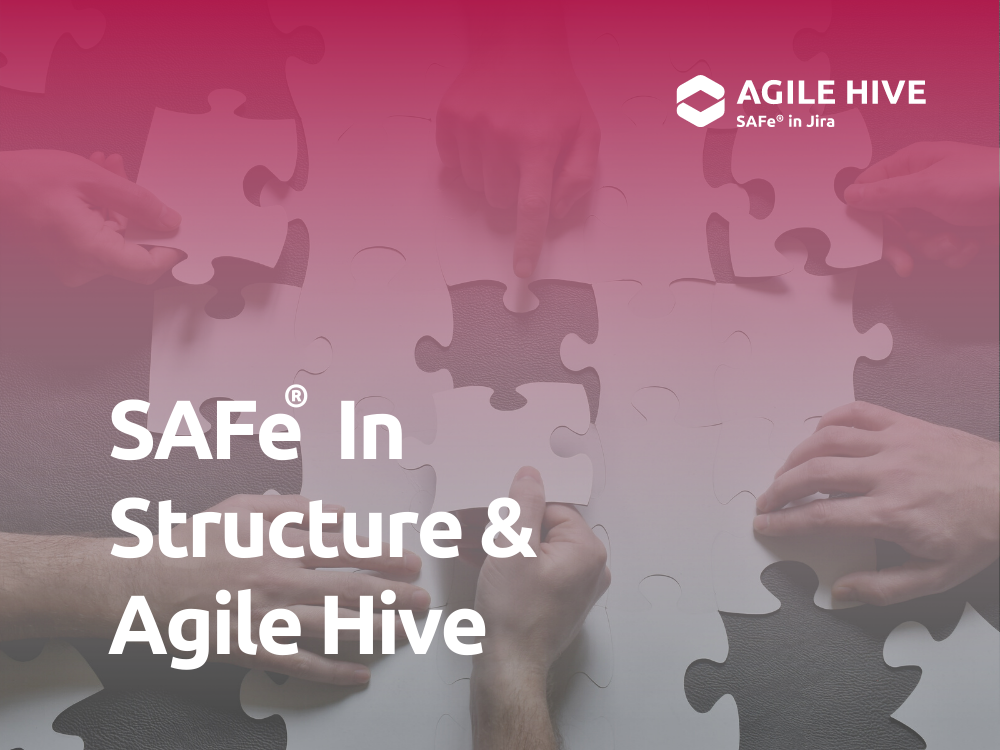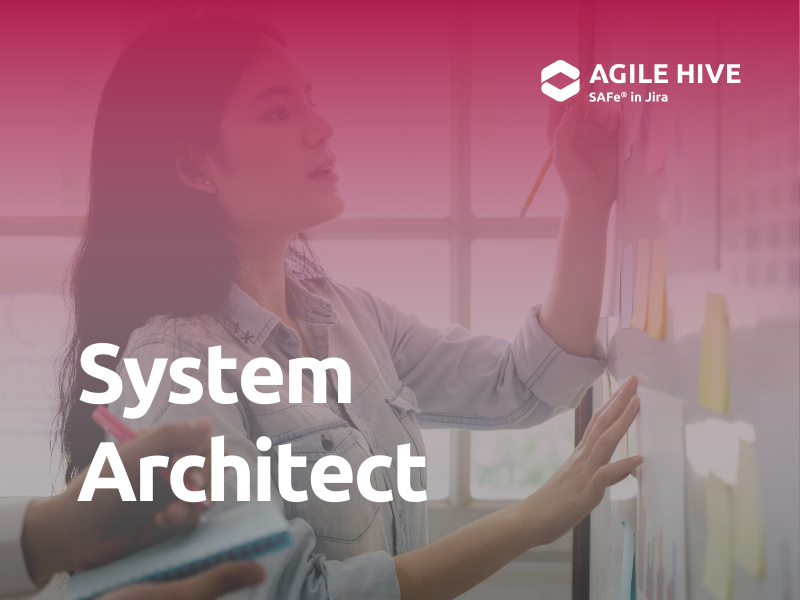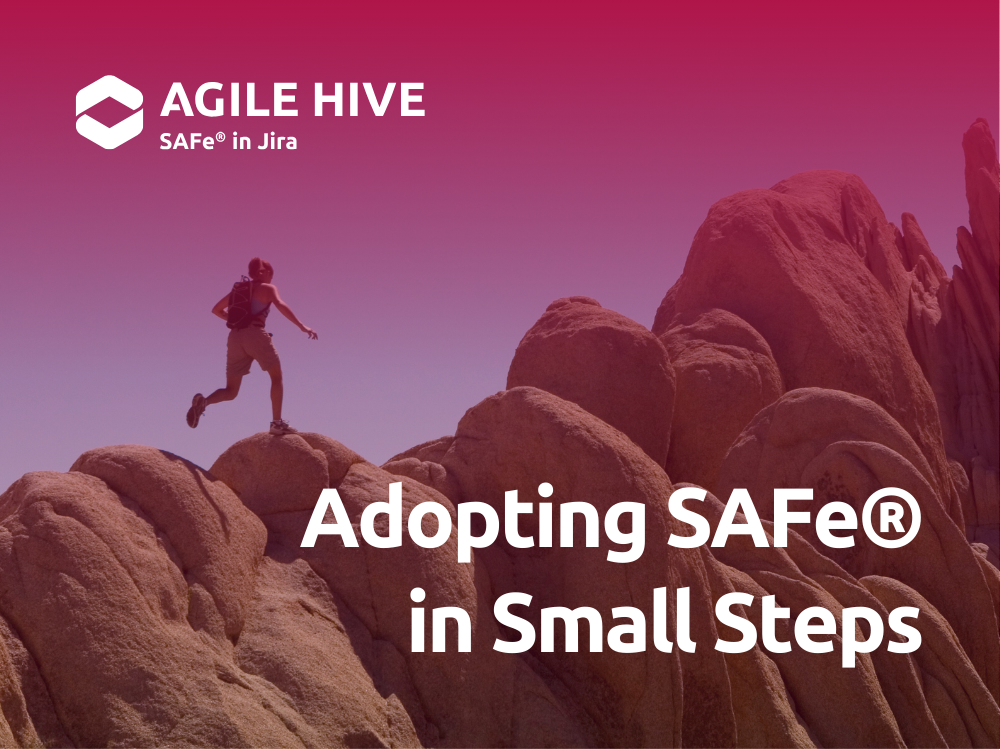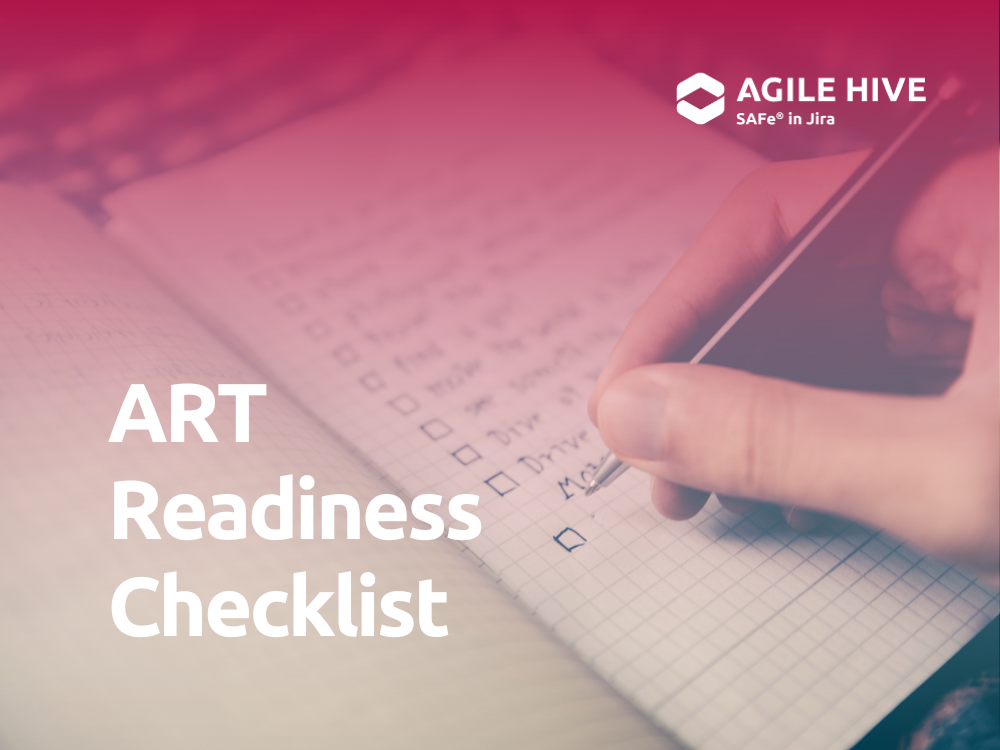The Responsibilities of a Release Train Engineer (RTE)
According to SAFe® version 6.0, released March 15, 2023, the varied responsibilities of an RTE are summarized in the following graphic:
Details of these responsibilities are articulated in this SAFe 6.0 article. We will examine these one-by-one, along with an explanation of how Agile Hive supports and enables the RTE to accomplish these responsibilities.
Leverage a Single Source of Truth for the Agile Release Train (ART)
For each of the responsibilities articulated for the RTE, there is one consistent theme as to how the RTE fulfills these responsibilities. Ensuring there is a single source of truth (SSOT) for the artifacts – directly called out as part of SAFe® – as well as supporting any related information and artifacts. These are key for the core values of transparency and alignment.
Note that these two core values have not changed since the inception of SAFe®. In SAFe® 6.0, these core values are now also part of the 4 Core Values that include Respect for People and Relentless Improvement. Built-in Quality and Program Execution have not gone away; they have been allocated to more appropriate areas of SAFe®.
What is Agile Hive
Agile Hive was born from the need to have an intuitive add-in to Jira to support SAFe®, at any and all levels of scaling. In the sections below, we highlight how Agile Hive helps with specific responsibilities. We have highlighted key elements to keep this article at a manageable length. However, all the details provided in this RTE article are supported by Agile Hive in some way.
Facilitating PI Planning
Strategic alignment and organizational readiness
The RTE uses Agile Hive to ensure alignment, with traceability to Large Solutions, the Portfolio, and even other ARTs when applicable. The RTE utilizes traceability to “communicate up” and help the Product Management function take a broader perspective. Agile Hive shows the context of a User Story from the team level all the way up the scaling levels, as shown here:
An issue we sometimes see is that the RTE is seen as purely an administrative function. Instead, leaving the capture and dissemination of information to the right roles with the SSOT frees the RTE to “connect the dots” and ensure alignment across all the many dimensions that are involved in a System Delivery.
Helps ensure the backlog is ready for PI Planning
Integral to preparing for PI Planning is helping coach the Product Management, Business Owners, and Product Owners on how to agree on readiness of backlog items, how to prioritize them, and derive them into candidate User Stories for the teams on the ART.
The SSOT in Agile Hive provides a sole working area for capturing Features and Enablers. In addition, the support for Weighted Shortest Job First (WSJF) captures the result of the incredibly valuable discussions these roles will have about the work envisioned for the ART. Comments about the components of the WSJF can also be captured in a related Confluence page or in backlog items themselves in the comments area.
An issue that arises is the discussions and agreements made between these roles are lost, thus risking inefficiency for the ART overall. The participants in these discussions will focus on getting to an agreement. As such,the RTE needs to ensure the capture of the information, as well as guarantee individuals can find the information to aid alignment.
Here is an example of a Confluence page, linked to a Portfolio Epic, that gives a summary of the Weighted Shortest Job First prioritization values and discussion.
Ensuring Features and candidate Stories Are Available before and During PI Planning
The PI Planning event is arguably the most valuable ceremony for the ART level in SAFe®. The RTE helps ensure that the time invested in the event is efficient. Providing an intuitive and consistent way of finding backlog items, the derivation of Features and Enablers to team-level work, and managing dependencies across teams, as well as to entities outside the ART, is exactly why Agile Hive fulfills the role as an RTE’s key technical assistant.
This is an example Program Board showing cross-team dependencies:
Virtual Scrum of Scrums
SAFe® training simulates the RTE gathering the Scrum Masters at intervals during PI Planning and bringing them together to check their teams’ progress. This is not only disruptive to the teams’ work, but is also not necessary when the SSOT in Agile Hive can answer many of the Scrum of Scrums questions for the RTE.
For example, the RTE can easily determine whether each team’s capacity has been added to their iterations, whether they have started capturing Team PI Objectives and Risks, and whether they have identified dependencies with other teams. Now, the RTE can consult Agile Hive, then check in briefly with each Scrum Master for any outstanding questions.
Here is a team breakout board that shows a team’s progress in planning iterations during PI Planning:
And here is a Team Report that includes PI Objectives and Risks, also informing the RTE of progress in PI Planning:
Provide the contextual elements where they can easily be found for reference during PI Planning – Product Vision, Architectural Vision
The context-setting presentations at the beginning of the PI Planning event should become the North Star guidance for the teams on the ART as they plan and adjust. Unfortunately, many PI Planning participants ignore or forget these presentations once they are delivered. A superpower of an RTE is to ensure that the teams have access to the presentations and use them to validate the direction of their planning.
The SSOT in Agile Hive provides the means for the RTE to connect these presentations in an easy-to-find location. They can be attached to a Milestone that represents the PI Planning Event or provided as a hyperlinked Confluence page. In either case, the RTE should point out both where they are found, as well as the substantial benefit the ART will receive from this alignment.
Assist Management Review
Management review and problem-solving happens at the end of day 1 of PI Planning. RTEs often believe that their role in this activity is merely facilitation. However, the most effective RTEs will assist the leadership by helping identify risks that are common across teams, work that appears to be duplicated by different teams, or challenges that the Scrum Masters have voiced.
To help in this way, the RTE must “keep an ear to the ground” as to what is happening in all the teams. Yes, you guessed it – the Single Source of Truth (SSOT) in Agile Hive is the RTE’s secret weapon. Leaders will often not take the opportunity to leverage the SSOT until they escape their “you just tell me rather than me looking for it” culture. In this way, the RTE is not only assisting with PI Planning, but also coaching leadership at the same time.
Supporting PI Execution
SAFe® version 6.0 lists six examples of how the RTE supports PI Execution. In each of these examples, leveraging and ensuring the use of the SSOT in Agile Hive is a key success pattern. One overarching circumstance we see often is that some change impacts the plan and the roadmap that was assumed to be firm at the PI Planning event.
The RTE facilitates the work to bring together the impacted roles and related perspectives. RTEs will help these individuals focus on the PI Objectives so as to help steer the change to accomplish the objectives. It is also common for RTEs to work with Product Management, Business Owners, and other Stakeholders to communicate the need for a pivot and the expected impact. In such a scenario, the communication and capture of what happened is critical to keeping the work moving in the right direction. In this example of a team PI Objective, we show that PI Objectives can be linked to the User Stories or other work of the team that will help fulfill the Objective. If an objective is at risk, this mapping helps the teams and stakeholders evaluate the impact.
This example of one way an RTE supports PI Execution also represents the RTE role in Optimizing Flow, another responsibility listed below.
Coaching the ART
The RTE cannot be in all the team events, nor follow the progress, impediments, and any other issues all at once. Even the Scrum of Scrums and Product Owner/Product Manager (POPM) sync meetings may not tell the whole story of where some coaching can be useful. Because of this, the SSOT in Agile Hive is a critical technical assistant.
For example, an RTE could observe a team that is not meeting its iteration plans consistently, or its dependency commitments to other teams, and use that information to discuss with the Scrum Master.
Optimizing Flow
Our example above, under the responsibility of Supporting PI Execution, is one example of how the RTE helps optimize flow. In fact, the RTE article in SAFe® 6.0 lists five ways the RTE helps support ART flow. In every case, the ability to visualize the work across the ART, detect bottlenecks, and measure flow are all the aspects with which Agile Hive can help. One key example from the article says “RTEs review patterns from the ART planning board and consider how to improve the organizational design.” It is only through the view provided as the SSOT in Agile Hive that such patterns can be viewed and analyzed. For example, this Breakout Board at the ART level shows which teams have high dependencies on others, as well as the at-risk dependencies that could impact ART flow.
Improving Relentlessly
Relentless improvement is such a hallmark of success with agile, that in SAFe® 6.0, the practice is now elevated to one of the four core values. Ensuring that the improvements in both the ART’s Inspect & Adapt, as well as results from problem-solving workshops are captured in Agile Hive is a key responsibility of the RTE.
Additionally, the best RTE’s will seek out and aggregate improvement items from across teams, where the improvement could be enacted at the ART level. Agile Hive supports relentless improvement by specifically providing an Issue Type called Improvement. As a result, an explicit focus on improving and prioritizing improvements alongside the work of the ART is front and center.
A Few Final Words
As we’ve seen, there are some incredible changes that SAFe® 6.0 is bringing to the table; the increased emphasis on relentless improvement, the optimization of flow, along with ensuring a Single Source of Truth (SSOT) is paramount throughout for ensuring transparency and alignment from beginning to end.
The key question for organizations, then, is whether the optimization of flow can be accomplished with Jira as it stands, or are concessions to be made? Yes, while it is possible to adhere to SAFe® principles using Jira for teams, it requires a variety of additional manual work, attempting to make the framework fit within it and be functional. Truth be told, many times additional tools such as Miro or other diagramming tools are called upon to help map relationships and dependencies. The addition of tools and usage paradigms impedes flow.
As there is no direct interaction between Jira itself and many of these other “helper” tools, it’s a job in and of itself for the RTE to keep the process moving efficiently and according to SAFe® practices. What we have seen demonstrated throughout this article however, is that Agile Hive helps fill that void. Embedded directly within Jira, it combines the existing functionality of Jira that is needed from a work visibility perspective, but then does the heavy lifting of making it work within the scaling levels of SAFe® as the Single Source of Truth (SSOT).
If you are interested in seeing first hand how Agile Hive becomes the bridge for you and your team or organization between Jira and your desire to pursue SAFe® principles and efficiencies, we’d love to speak with you. You can find out more on our website and when you’re ready, schedule a demo with one of our team members. There’s also a wealth of other resources available there in our white papers, videos, and documentation. We look forward to working with you soon
